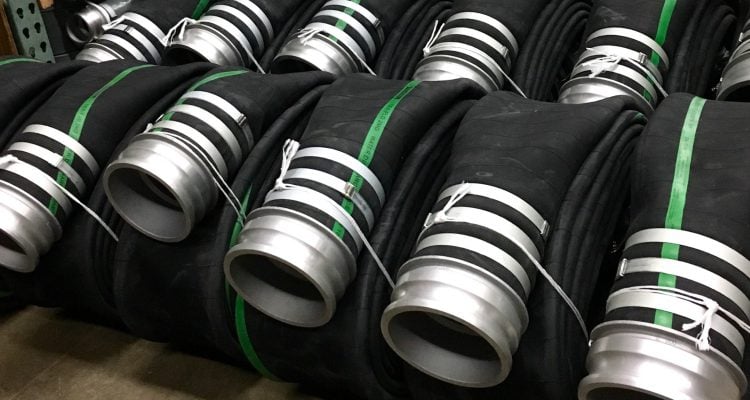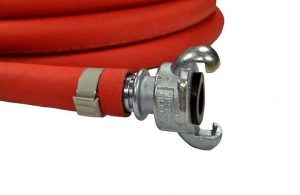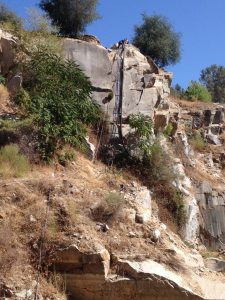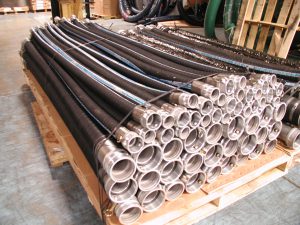
You need a hose and don’t put in a lot of research. You call a hose company and they ask a few questions about the application and working pressure. You say its low pressure, they give you a low priced hose, and everyone is satisfied until it fails in the first week.
So what went wrong?
True your working pressure may have been next to nothing, but your crew needs to drag the hose around on gravel and pavement. In selling industrial hose, we often fall into the trap of only asking questions about the hose needed. The hose diameter, the working pressure, a one sentence or even one word summary on how it will be used. These are important details but we also need to discuss the bigger picture. How long do you need this hose in place? Is it in constant or occasional use? What other internal or external factors should be considered.
Sometimes a hose is pushed beyond its limits whether it be by hanging it from the coupling vertically, or laying it across a roadway to be run over it again and again. Other times it is less obvious, but through steady use or hose mismatched to the application a hose could wear out sooner than planned. Replacement costs include downtime, shipping expenses, and disposing more rubber and plastic waste than needed.
Consider the following when selecting a rubber or plastic industrial hose:
- How long will this hose be in service, and what is the cost of an upgrade to increase service life?
- What internal or environmental factors may prematurely wear down this hose? Can they be altered?
- Are all components of the hose assembly rated for the pressure and the service application?
- If an upgraded hose construction is selected, could it be of use in future projects?
- If a hose needs to be replaced, how much time will be lost in shipping and installation?
Buying a better hose is more expensive up front, but not as expensive as buying the inferior version first. A better hose product not only reduces the chance of needing replacement on the current job, but adds a valuable component to your fleet for future projects. Ensure that it is actually a better product for your need and not just more expensive. A chemical hose is far more expensive than a water hose, but what value would it add if the need is only for a long-lasting water hose?
Also consider creating a better assembly rather than a better hose. A high pressure hose is not going to function at that pressure without a matched coupling and clamp type. A protective jacket may be available to reduce external wear without upgrading to a heavier or stiffer hose. A higher end coupling may be of more benefit than the upgraded hose material. Discuss options with us as well as your operators.

One common example of hose that is often supplied in a pressure rating that exceeds the application is Jack hammer hose. These hoses see no more than 150 PSI, however due to abrasion on pavement and outdoor rigorous service, a 300 PSI hose is often purchased.

The hose in this photo was designed (and harnessed) to be installed vertically down the side of a cliff to pump upwards.
Attempting this without taking measures to support the hose, and ensure that it is a strong enough material, could lead to replacement, injury, and lost time. The coupling should never be holding the entire weight of the hose filled with water, but still was upgraded for maximum retention. This far exceeds the service potential of a PVC or light weight hose construction.

This hose was designed for portable sanitation transport, in Kandahar Afghanistan, for support to the allied air base. The hose selected is a domestic corrugated rubber hose for waste oil, and the couplings were upgraded to domestic cam and groove, crimped to the hose to further prevent any issues in use.
This is a good example of when what we would normally recommend does not fit the rigors of the environment, and replacement cost far exceeded the cost to upgrade these hose assemblies.
Bryan Feldman is president of Capital Rubber Corporation with 20 years of industrial hose experience.